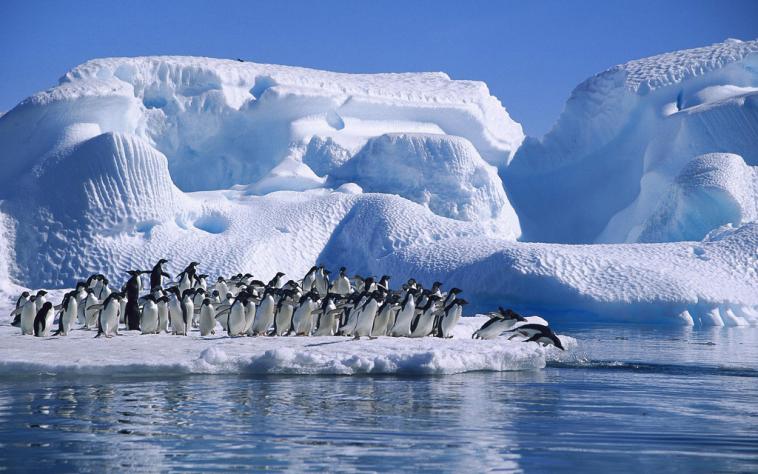Iceberg Crashes Into Antarctica, Kills 150K Penguins
“The reality is, more icebergs will be released from Antarctica and just embed themselves along the coastline, and make the traveling distances for some of these colonies even further than they have been”.
About 150,000 Adélie penguins, native to Cape Denison in Commonwealth Bay, Antarctica, have perished after their access to the sea – their source of food – was blocked by a giant iceberg which has inched up the bay for more than 20 years.
Combined with expanding ice, the B09B iceberg, which at 1,120 square miles is nearly the size of Rhode Island, has cut off the Adelie penguins’ food supply and changed the landscape of their home, according to a February report in the peer-reviewed journal published by Cambridge University Press.
About 150,000 penguins have perished after a giant iceberg ended up landlocking their colony.
The writers warn that “the Cape Denison population could be extirpated within 20 years unless B09B relocates or the now perennial fast ice within the bay breaks out”.
“It’s eerily silent now”, Chris Turney, a climate change professor with the Australasian Antarctic Expedition, which has been tracking the penguins’ decline, told the Sydney Morning Herald.
The colony once thrived with easy access at Cape Denison in Commonwealth Bay where strong winds blowing off the ice kept a large area of water open near shore. But the outlook for the penguins remaining at Cape Denison is dire.
The iceberg had seemingly been floating close to the coast for 20 years before it crashed into a glacier and became fixed. The colony has provided scientists with an excellent example of what could happen to Antarctica’s animal inhabitants if recent trends in increasing sea ice continue.
Fast ice is sea ice which forms and stays fast along the coast.








